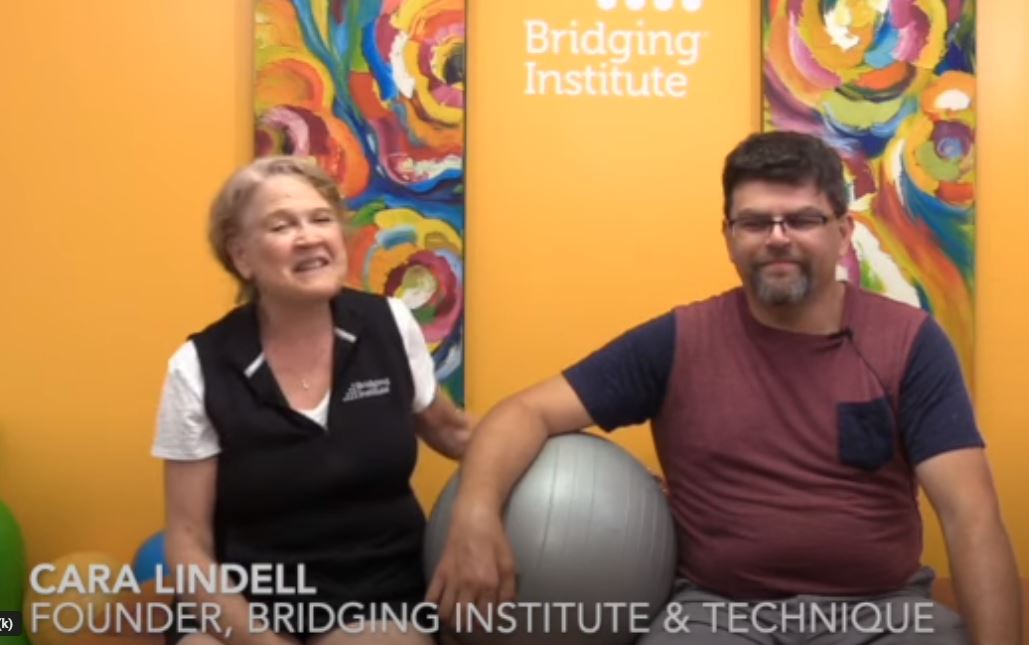Freak Injuries and Getting Back to ‘Normal’ 🙏
The theme for this week … when freak injuries happen
Freak accidents, whether a sports injury, auto accident, or just a random thing, happen. Thankfully, the EMT’s stabilize us, and surgical teams can put us back together. However, your body often needs more to really feel normal again. Read on …
Being active side-tracked by hand injuries
Did you know that hand injuries are the second most common type after head injuries?
For most of our active endeavors, we have some involvement with our hands, especially with strength training, racquet sports, and ball sports. A hand injury, large or small, can sideline us.
The study, Factors associated with limited hand motion after hand trauma, notes some really interesting statistics about hand injuries. The rest of the study offers a detailed analysis of how to best repair nerves and hand function, in addition to ways to measure hand function. It’s an interesting insight into very complex issues.
Key points:
- Hand injuries are quite common and usually occur in young adults (often sports and work injuries).
- In the United States, injuries to the hand and arm (28.3%) are the second most common after head and neck injuries (29.5%).
The article goes on to say …
“Hand injuries have a significant impact on activities of daily life as well as physical function, which affect socioeconomic aspects of life.
Many patients with hand injuries experience limited motion, stiffness, and/or pain after their injury, especially during the initial stage of injury.”
Our video session guest this week, Steve, can tell you this firsthand (no pun intended). Watch to see how we reset forearm function to better support his recovering hand.
As you know, at The Bridging® Institute, we provide a novel solution to help children and adults ages 0-99 be more active.
Your hands, and your health, are better for what Bridging® enables!
Insight of the week from Cara
If you’ve had a hand injury, you quickly realize how many day-to-day tasks suddenly become daunting. Brushing teeth, putting on socks, or zipping a coat become major challenges.
There are many levels to how a hand injury can impact your ability to be active:
- getting socks and shoes on
- transporting equipment
- holding the stick/racquet/mitt/club/tool
- risking further injury
Will my hand ever be the same?
Your fingers, thumb, and wrist work together in so many combinations of tiny movements. The beauty of this variability is that your hand can work in SO MANY ways for so many tasks.
But when something goes wrong, myriad aspects of hand function become compromised.
Surgery and therapy can put your hand back together, but the myriad aspects of function are more nuanced.
How Bridging® adds to your recovery
No matter what your injury, we follow a three-step process:
- Assess specific micromovement flows and transitions.
- Analyze the assessment information in the context of your injury and medical procedures.
- Reset muscle memory returning you quickly and gently to a more active life.
In this week’s video session with Steve, the process starts with rebuilding the support to his nearly severed hand. We restore the elbow and forearm stability and strength needed to link his core to his hand.
The changes surprised both of us (in a good way)!!!
Do you or a loved one want to stay active and wonder if Bridging® can help? Contact us. We are happy to see how we can help.
Stories from our sessions … forearm function after hand surgery
In this week’s video, Steve wants to get more general function for his hand while he is awaiting further procedures on his fingers. He had an accident last year which nearly severed his hand. The surgeons reattached it, but daily function has been elusive.
This is his update 6 weeks after the session where we worked to add control to his hand. He had noted in discussion that his hand and forearm had numbness and were cool to the touch. This was the first time we had worked together.
“I had a lot more mobility and got a lot more feeling in the top of my hand and fingers. Temperature wise it’s still the same. The 1 session from you was better then a 5 sessions of occ/pt (Occupational and Physical Therapy).”
What happened to Steve and when?
Micromovement disrupters
- Birth/Early life: none noted
- Injury/Accident: Misc. from time in Iraq with US Army
- Medical procedures/surgeries: Many which are related to serious injuries sustained in Iraq. Several for hand.
- Illness: None of note
The short term goal is to have more hand stability
Goal: To recover some stability and general function to a badly cut hand which has been surgically put back together. He realized that merely putting on clothes has been hard since his wrist is floppy. His hand can’t easily push through the sleeve opening.
What did we find?
Because Steve will soon have additional procedures on his fingers, we focused on how his wrist, elbow, and shoulder connect and work together.
What did we do?
Strength and control come from the core outward to the arm and hand. We started at the elbow with hopes of bringing support from the shoulder and core out toward his wrist.
You’ll have to watch the video to see how Steve’s arm changed by being so specific with our support. It’s literally amazing to see when things clicked into place! (approximately at time 14:15.)

